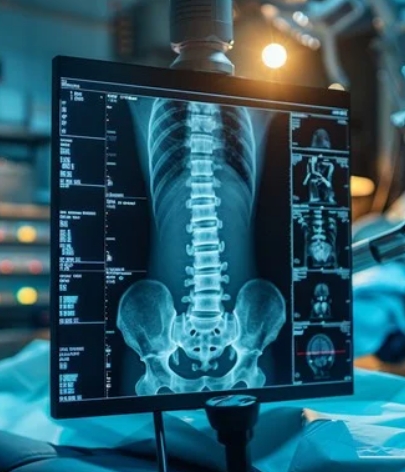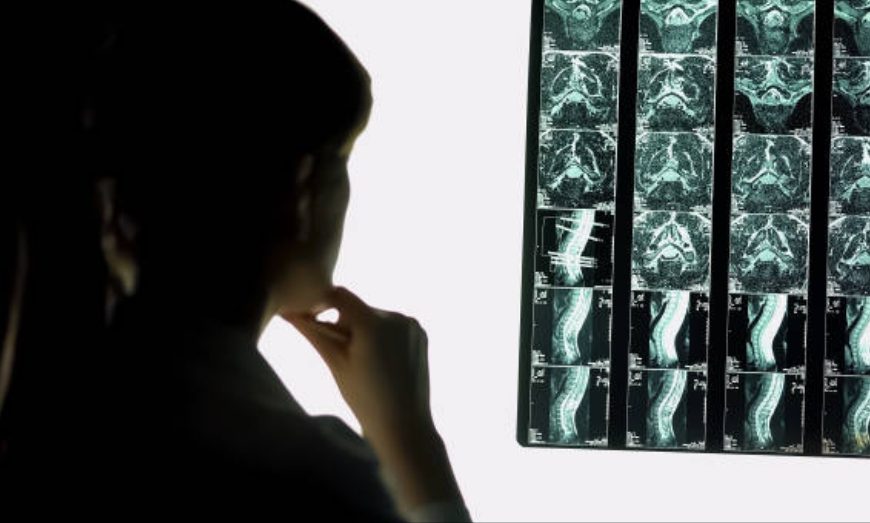
Are Lumbar Spine Imaging Findings Linked to Patients’ Symptoms?
Determining whether a specific lesion is responsible for a patient’s symptoms is crucial when selecting candidates for potential spinal surgery. However, there isn’t always a direct correlation between radicular pain and lumbar disc herniation. One can exist without the other, making diagnosis complex. Both mechanical compression and inflammatory factors contribute to the pathogenesis of sciatica. Additionally, non-radicular or pseudoradicular pain can originate from the hip, … Continue reading Are Lumbar Spine Imaging Findings Linked to Patients’ Symptoms?
